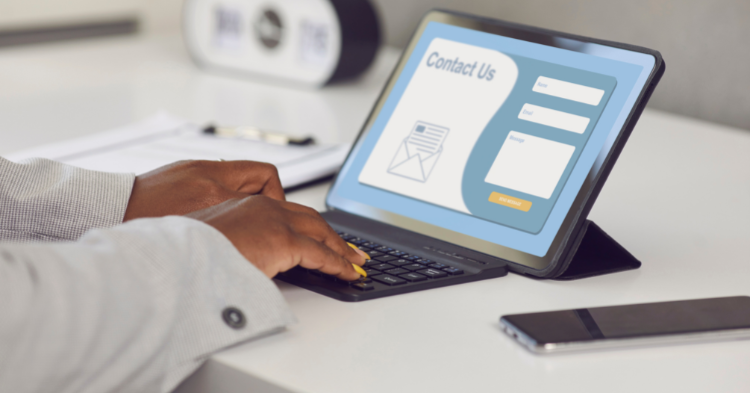Most every business has a website, and for some businesses, that is enough. But if you really want to take your business to the next level and convert prospects into new customers, having a landing page is a great way to do it. Why?
For starters, a landing page is very specific. It is usually selling one product or service very specifically, and to only a select niche. For example, if you own a dental practice and provide an array of services from basic teeth cleaning and whitening, to a higher end service such as dental implants or veneers, this may be confusing for the customers who land on your website and are looking only for that select service they are interested in. This is when having a landing page can prove to be valuable, and for several reasons.
A landing page is very strong, hard-hitting, targeted and defined to ONE specific product or service that your customer is looking for. You may see these types of webpages a lot for workshops, retreats, tours, eBooks and other products, and for a wide variety of industries. In essence, landing pages are only one vital component of your total marketing strategy. Even if a customer “lands” on your landing page and doesn’t buy, they serve by collecting valuable information that enables you to build relationships and increase your chances of a new prospect buying later, if not now.
Contrarily, if you just rely solely on your website to sell that same product and service, you might get a few new customers that trickle in, but you have no way to keep in touch with them or know when they might return to look at your products and services again. Or, they might just skip on to the next website; owned by your competitor.
Now that you understand WHY you need a landing page, how can you use it to your advantage?
First, the landing page must be designed with some type of lead capture mechanism. This can be done simply by giving them a reason to put in their email address and name. Your “call to action” must be very clear. Words you can use include, “Download Now” or “Contact Us” or something actionable.
Secondly, the landing page should be concise and cover the most important information at the top, with a compelling headline. This is difficult to do if you are not a copywriter, but think about those old newspapers back in the day (before the online rage). Here’s a tip:
Most of the best headlines all have a strong verb and appeal to a reader’s curiosity. Make someone curious and you are guaranteed to get their attention long enough to keep reading, which is why the next section becomes so important!
If you can’t capture their attention with the headline and the beginning paragraph or subtitle, then this prospect is not likely to stick around.
If you have done these three things so far, you may captivate them enough to leave their precious contact information, but it does not end there. Use the landing page as a way for customers to get to know you, rather than simply as a way to sell to them. This is where many businesses falter. They do a great job at designing the landing page and even get customers to leave the contact information; however, they forget to follow up. The follow up does require effort, but it works…
Customers need to see or hear from you an average of three to six times before they may buy, so if you rely only on the landing page, you may be missing out on a lot of potential business. Use the landing page to build relationships, rather than merely as a sales tool. You can set up an email campaign or newsletter to follow up, which should be done no less than once a month, if not more, depending on what type of industry you are involved in.
If done properly, landing pages can be one of the most effective sales tools for any type of business, whether retail or services, or anything!


